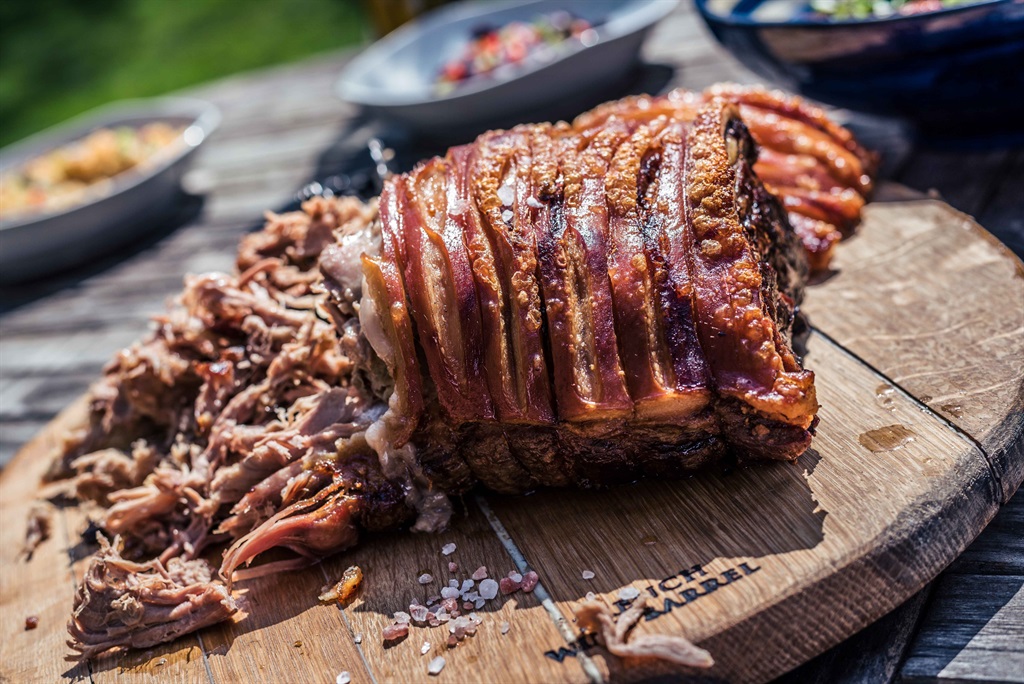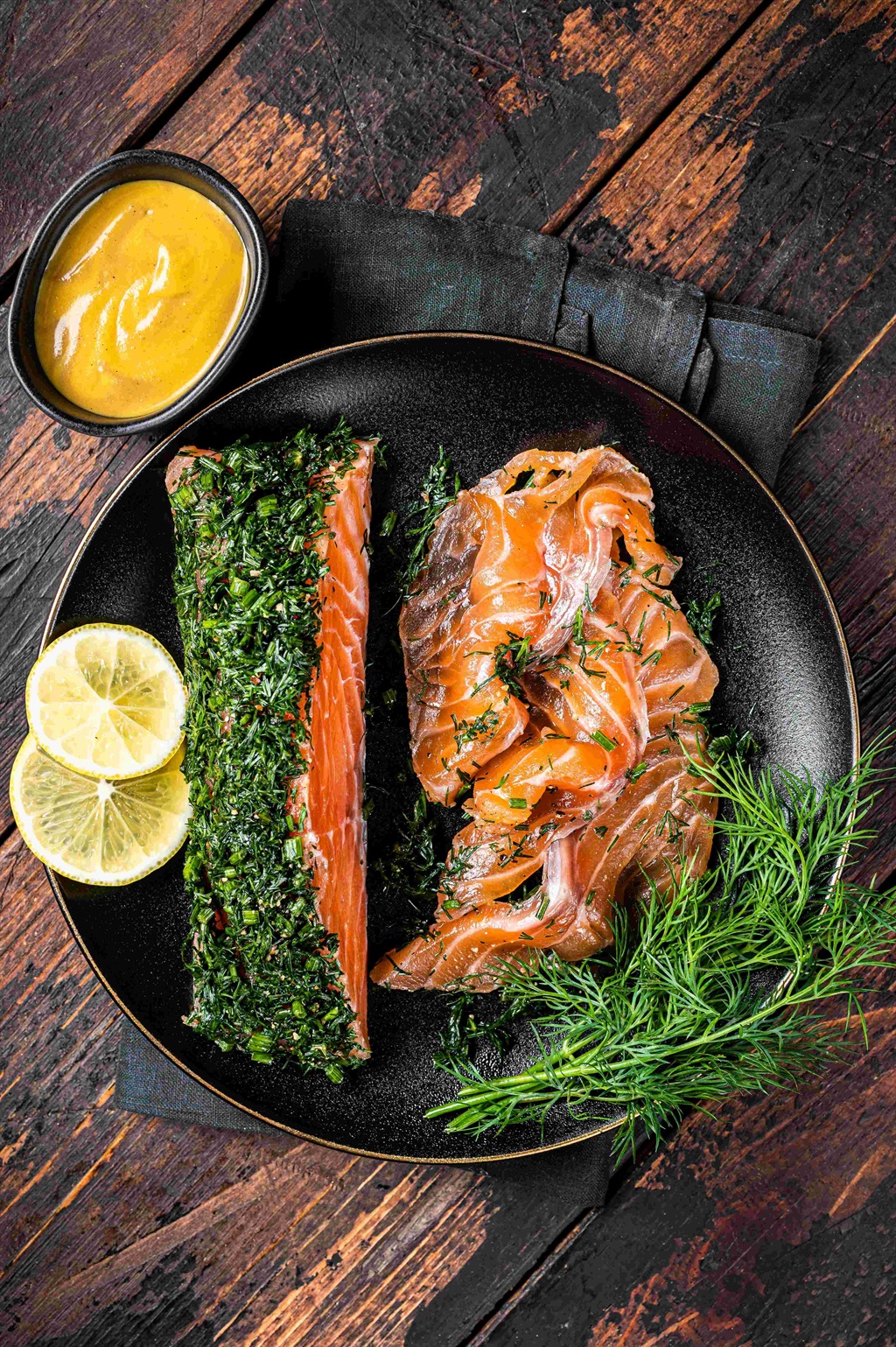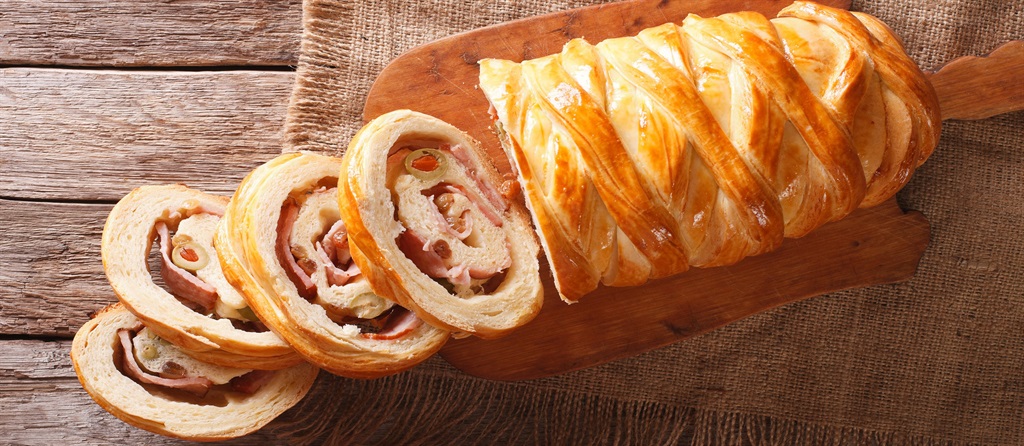
While many South Africans celebrating Christmas will opt for the traditional turkey (or chicken) and glazed ham for their festive day lunch, give a thought to the millions of others around the world who will be serving up some of the conventional dishes for which their countries are known. And because so many alumni from Capsicum Culinary Studio can now be found working overseas.
Capsicum thought they’d ask the chefs at South Africa’s largest culinary school to share with us their favourite global festive season recipes. Here’s what they sent.
Pernil
A beautifully seasoned slow cooked pork that many Puerto Ricans make for their Christmas day lunch or dinner.
Ingredients
- Large bone-in or boneless pork shoulder¼ cup vegetable oil
- 12 cloves garlic, minced
- ¼ cup fresh oregano
- 1 tbs dried oregano
- 2 tbs Cajun seasoning
- 1 tbs paprika
- 1 tsp kosher salt
- ½ tsp freshly ground black pepper
- Juice of 2 lemons and 1 orange
Method
Using a sharp knife, score the fat on the pork shoulder in a criss-cross fashion. Then, cut deeply once in each direction across the pork making sure you don’t slice completely through. Then make about 20 slits, about 2½cms deep, all over the meat then place in a large baking pan. In a small bowl, whisk together the oil, garlic, fresh and dried oregano, Cajun spice, paprika, salt and pepper. Rub the mixture all over the meat, working it into the slits then cover with foil and refrigerate overnight. Bring the pork to room temperature, (about 1 hour) and preheat the oven to 150°C. Bake for 3 hours then remove the foil and bake for another 3 to 4 hours at the same temperature, until the pork is fall-apart tender. If you want a crustier exterior, turn the heat to 190°C and bake for another 20 to 30 minutes.
Let the pernil sit for at least 20 minutes then, using two forks, pull the meat into chunks, Sprinkle with the lemon and orange juice, season with additional salt and pepper and serve.
Gravadlax
A traditional show-stopper centrepiece for festive spreads throughout Scandinavia.
Ingredients
- 2 x 500g pieces skin-on salmon fillets
- 75g flaky sea salt
- 75g caster sugar
- 1 tsp black peppercorns, crushed
- zest of 1 lemon
- 20g fresh dill, roughly chopped
- 2 tbsp gin (optional)
For the Dill & Mustard Sauce
- 20g dill, roughly chopped
- 4 tbsp Dijon mustard
- 4 tbsp cider vinegar
- 4 tbsp honey
- 4 tbsp sunflower oil
- 2 tbsp muscovado sugar
Method
Pat the salmon dry with kitchen paper and use a pair of tweezers to remove any bones. Set aside. Tip the salt, sugar, peppercorns, lemon zest and dill into a food processor and blitz until you have a wet mixture. Unroll some clingfilm but keep it attached to the roll and lay one salmon fillet skin-side down and then pack the mixture over it. Drizzle with gin, if using and place the second fillet flesh-side down on top. Roll the two fillets tightly in cling film.
Place in a shallow baking dish and place a tray on top. Weight the tray down with full tins or bottles you have in your pantry and place in the fridge for at least 48 hours, turning the fish over every 12 hours or so. The longer you leave it, the more cured it will become.
To make the sauce, tip all the sauce ingredients into a blender and blitz. To serve, unwrap the fish and brush off the marinade with kitchen paper. Carefully remove the skin then slice the fish into long thin slices and serve on a large platter plates with rye bread and the dill and mustard sauce.
Pan de Jamon
A traditional Venezuelan Christmas bread filled with ham, raisins and olives.
Ingredients
For the Bread
- ¼ cup warm water
- ¼ cup sugar
- 1 tbsp active dry yeast
- 4 cups all-purpose flour
- 1 tsp salt
- ¾ cup warm milk
- 2 eggs, lightly beaten
- 4 tbsp unsalted butter, melted and cooled
For the Filling
- 350g ham, sliced
- ½ cup raisins
- 150g pimento stuffed green olives, whole, drained and patted dry
- 1 egg white beaten with 1 tbsp water
Method
To make the dough: In a medium bowl mix the warm water and 1 tbsp sugar, until the sugar dissolves. Sprinkle the yeast over top and set aside for 5-10 minutes, until the mixture bubbles. Place 3 cups of flour in a large bowl along with the remaining 3 tbsp sugar and salt. Mix to combine. Stir the yeast mixture and add it to the flour. Add the milk, beaten eggs, and butter and mix until combined. Continue adding the remaining cup of flour until a soft dough comes together. Turn the dough out onto a lightly floured surface and knead for 8-10 minutes, until soft and smooth, adding flour as necessary to keep the dough from sticking to the counter or your hands. Place the dough in a clean, greased bowl, cover with a clean tea towel and let it rest in a warm, dry place until doubled in size (1-2 hours). Once the dough has risen, lightly dust the counter with flour and roll the dough out into a 25cm x 38cm rectangle, about 1.3cm thick. Cover with the ham slices, arranging them almost to the edges, then sprinkle over the raisins and olives. Once the fillings have been layered over the dough, tightly roll the dough up from the long edge. Tuck the edges under the roll and place it, seam side down on a greased baking sheet. Brush the loaf with an egg wash of 1 egg white beaten with 1 tbsp water. Let the dough rise, uncovered, in a warm, dry spot until very puff (45-60 minutes). Meanwhile, preheat your oven to 185°C. Once ready, bake the bread for 25-30 minutes, until it starts to turn golden brown. Then loosely create a tent over the bread with aluminium foil and continue baking for an additional 15 minutes. Remove the bread from the oven and let it cool for 10-15 minutes before transferring it to a wire rack. Cool completely before slicing and serving.
Buccellato
A Sicilian Christmas dessert made with dried figs, raisins, almonds, spices and honey.
Ingredients
Pre Dough:
- 1 packet dry yeast
- 260g flour
- 260ml milk, warmed
Dough:
- 100g raisins
- 2 tbs rum
- 340 g flour,
- 80g icing sugar
- 80g butter, at room temperature
- 6 egg yolks, at room temperature
- 1 teaspoon vanilla extract
- 2 lemons
- 1 pinch salt
Filling:
- 120g sugar
- 140g butter
- 300g walnuts, ground
- 3-4 tbs milk
- 1 tbs honey
Icing:
- 1 egg white
- icing sugar
Method
Prepare the pre-dough the day before. In a food processor, mix the dry yeast, flour and warm milk then knead the dough on the work surface for a few minutes by hand and roll into a ball. Place in a bowl, cover with clingfilm and leave to rise at room temperature for half an hour. Place in the fridge overnight. The next day, take the pre-dough out of the fridge and pre-heat the oven to 180°C. Soak the raisins in the rum. Mix the butter, egg yolk, vanilla extract, the peel of the lemons and the dry ingredients (flour, sugar, salt) in a food processor. Divide the pre-dough into small pieces and add these gradually. Stir the dough until an even mass is formed and it detaches from the sides of the bowl. Finally, mix in the soaked raisins. Now place the dough on the work surface and knead by hand for a few minutes, form into a ball and leave to rest. Meanwhile, beat the sugar, honey, butter and ground walnuts until creamy. Divide the dough into three parts. Roll out each ball thinly on baking paper dusted with flour. Spread a third of the filling on each part and then roll them up like a roulade. Make vertical cuts at regular intervals in the rolled dough with a sharp knife. Grease a cake tin with butter and dust with flour. Carefully plait the rolls and place in the baking tin. Cover and leave to rise at room temperature for one hour, then brush with egg white and bake for 45 minutes or until golden brown. Allow to cool and sprinkle with icing sugar before serving.




 Publications
Publications
 Partners
Partners




























